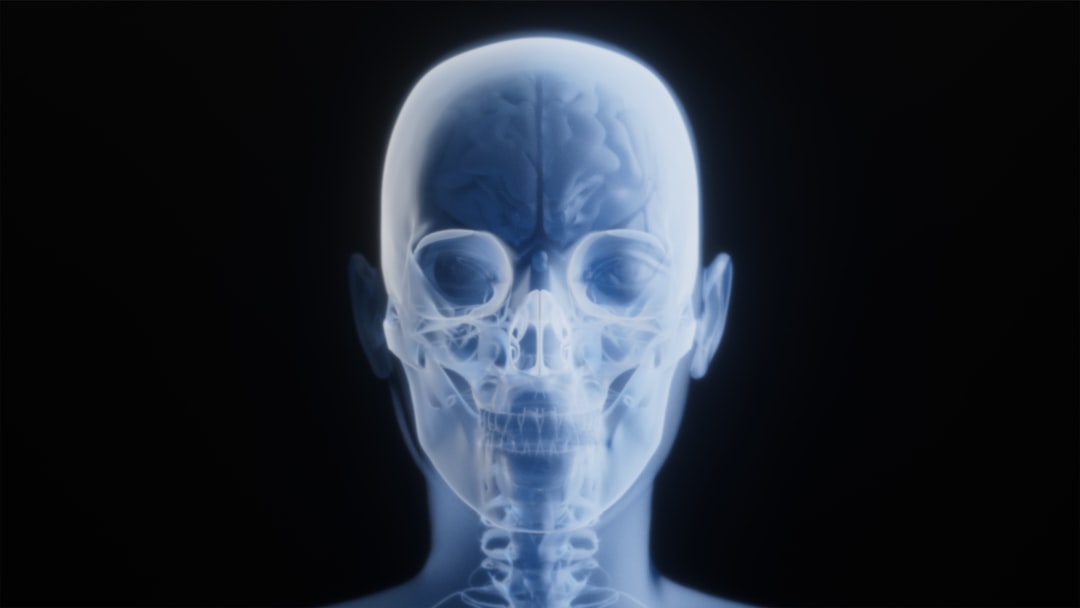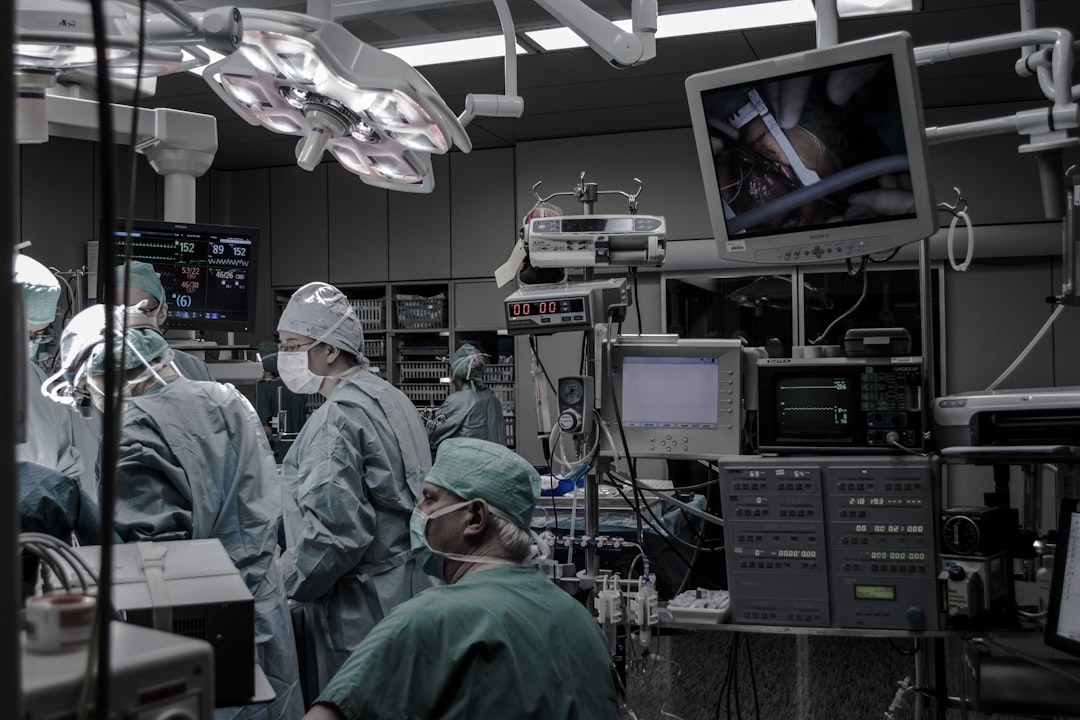Introduction
Aeskulap Portable, a renowned digital radiography and imaging software, has come a long way since its inception. From its humble beginnings as a research tool to its current status as a global dental visualization platform, Aeskulap Portable has undergone significant transformations over the years. In this article, we will delve into the history of Aeskulap Portable, exploring its evolution, key milestones, and the factors that contributed to its success.
Early Beginnings: Research Roots
Aeskulap Portable was first developed in the early 2000s as a research software for medical imaging. Its primary purpose was to provide a platform for researchers to analyze and visualize medical images. The software quickly gained popularity among the research community due to its flexibility, customization options, and ability to handle large datasets.
Transition to Dentistry
As Aeskulap Portable continued to evolve, its developers began to explore its potential applications in the field of dentistry. The software’s ability to handle 3D visualization and its user-friendly interface made it an attractive option for dental professionals. In 2010, Aeskulap Portable was officially released as a dental imaging software, marking a significant milestone in its history.
Key Features and Advantages
Aeskulap Portable’s success in the dental industry can be attributed to its unique features and advantages. Some of the key features include:
- 3D visualization capabilities
- Support for various image formats
- Customizable workflows
- Integration with popular dental software
These features, combined with its user-friendly interface and flexibility, have made Aeskulap Portable a popular choice among dental professionals.
Comparison with Legacy Tools
| Feature | Aeskulap Portable | Legacy Tools |
|---|---|---|
| 3D Visualization | Yes | No |
| Customizable Workflows | Yes | No |
| Integration with Dental Software | Yes | No |
As shown in the table above, Aeskulap Portable offers several advantages over legacy tools, making it a more comprehensive and efficient solution for dental professionals.
Evolution of Aeskulap Portable Dentistry
Over the years, Aeskulap Portable has continued to evolve, with new features and updates being added regularly. Some of the notable developments include:
- Improved 3D visualization capabilities
- Enhanced support for dental implants
- Integration with popular CAD/CAM software
These developments have further solidified Aeskulap Portable’s position as a leading dental visualization platform.
Aeskulap Portable Free Open-Source Story
In 2015, Aeskulap Portable’s developers announced that the software would be released as free and open-source. This move was seen as a significant step forward, as it allowed developers and users to contribute to the software’s growth and development.
| Year | Version | Key Features |
|---|---|---|
| 2010 | 1.0 | Initial release as dental imaging software |
| 2012 | 2.0 | Improved 3D visualization capabilities |
| 2015 | 3.0 | Release as free and open-source software |
As shown in the table above, Aeskulap Portable’s open-source model has allowed for rapid development and innovation, with new features and updates being added regularly.
Conclusion
Aeskulap Portable’s history is a testament to the power of innovation and collaboration. From its humble beginnings as a research tool to its current status as a global dental visualization platform, Aeskulap Portable has come a long way. Its unique features, advantages, and open-source model have made it a popular choice among dental professionals, and its continued evolution ensures that it will remain a leading solution in the industry for years to come.
| Software | Aeskulap Portable | Legacy Tools |
|---|---|---|
| Cost | Free | Expensive |
| Customization Options | High | Low |
| Integration with Dental Software | Yes | No |






